![[OC] I've made an analysis tool for cryptocurrency source code. Here are the results for Bitcoin, Ethereum, Solana, EOS. [OC] I've made an analysis tool for cryptocurrency source code. Here are the results for Bitcoin, Ethereum, Solana, EOS.](https://external-preview.redd.it/67T6MPvk3A3oadcxgy5zz0KchBEbJbq3K605mV5YMR8.jpg?640&crop=smart&auto=webp&s=4a2f2e7f8582dacfb864d42b28f71af317b5589c) | Hey r /cc, I’m working on a project that can bring more transparency to blockchain projects and their development. Blockchain development is usually done in an open-sourced way, where anyone can see what developers are working on. But this information is usually only accessible to people who are developers themselves. Browsing a git repository, trying to understand what a commit, branch, or tag does is not really understandable for most non-developers. With the tool I'm developing I'm planning to shed a bit of light on what teams are doing and how the projects are progressing. In this post, I'd like to go over some of the metrics I've found interesting on different blockchains and how they can be used to understand the development of a project. All of the results I describe here are based on the tool I've written and my personal experience in software development. Someone else with a different background might interpret the results differently. I'm filtering out changes with more than 1000 lines and less than 100 lines. In my opinion, outside of this range, there is too much noise to be useful. I'm also just inspecting the block producer code. In the next iterations, I'll take a look into entire organizations with all repositories. Let's start with bitcoin itself. From the executive summary, I can see that ~9 % of the contributors who contribute to bitcoin are still onboard. But on the knowledge retention, we can see that some of the "heavy hitters" have left the project. Usually, this number starts at 100% for new projects and slowly decreases. Knowledge retention is a measure of how many lines of code which was edited by a certain contributor and if that contributor is still on-board. Remember that bitcoin had this block size war at some point, so it's normal to see some of the developers who contributed to bitcoin leave the project. Having a refactoring rate of ~60 % means that more than half of its codebase is re-written. And it's more or less in normal bounds. Looking at the versions chart, it shows a steady and continuous development. If we look at some of the latest large updates, we can see that they are mostly rewrites. Of course, it's necessary to check more messages to get a better understanding but I want to leave it to users. Let's move on to the Ethereum project. Ethereum shows worse results in the executive summary than bitcoin. This is quite surprising to me because Ethereum is a younger project than bitcoin. Yet the constant delays in their releases and always changing targets and deadlines, it seems like the metrics make sense. Only 7% of the contributors are still onboard, and the onboarded contributors only contributed 0.39% of the total changes. I would expect the new teams to re-do the same mistakes that previous teams did or re-write the same code again to understand it easier. I think a 60% refactoring rate is what we can assume to be generally good. But lower numbers would probably mean that projects are adding features faster than Ethereum and Bitcoin. On the versions chart, last month seems like getting a bit more silent in Ethereum miner development. But keep in mind, this data is only from go-ethereum project, maybe the team might have their focus on some other repository nowadays. Now Solana. Solana shows better results in the executive summary than Ethereum. But because Solana is a much younger project, higher team and knowledge retention is expected. This will result in faster deliveries and more features. But it's important to check this measure from time to time to see if they start bleeding talent. Looking at the versions chart, we can see that there is constant development with more systematic changes which would be expected from an "industry like development" project with focused teams and serious project management. In a commit message from 2019, we can see that they were already trying to offload some work to GPU's from start. Yet I'm curious what other changes are done in the subject, so I'm going to search for updates with GPU messages in them. Hmm, interestingly it seems like there is not much development being done with GPU term in the message. Ok now let's move on to EOS. I'm putting it here as it verifies the data I have. EOS is an old project which is riddled with issues. The executive summary shows that ~0% of the contributors are still onboard. This means no one is contributing to the project systematically anymore for 90 days. This is a very interesting metric to look at because it's really hard to onboard people back onto a codebase as complicated as EOS. In the versions chart, we can see that there is a sudden drop in the development NOV 2020. Afterward, it seems like it's completely stopped in MAY 2021(the chart of EOS ends here, not today). Of course, there might be some changes happening, but our filters are filtering them out, with these settings. I think that's enough for now, I'll be updating the tool with the new data I find and I'll be adding more metrics. In the next weeks, I'll set up a notification system where users can get e-mails or push notifications when certain filter results bring new data. ex, you can subscribe to GPU updates on Solana and you'll get an e-mail when there is a new update. Here's what the tool looks like when used: And here it is in "demo" mode only showing data for Bitcoin and Ethereum. If you subscribe over Patreon you can browse all the repositories listed on the homepage. Enjoy! Ps. I've decided to start an effort to map which blockchains have which repositories are important for them. Afterward I'm planning to implement this information on gitbeat. Here's the google sheet I've created. I've made it editable and created 10 columns for now for 10 different repositories per blockchain. But if it's not enough, It's not hard to extend. https://docs.google.com/spreadsheets/d/1zbnvzrzBSslvm6n1fMj3uPlMTrZpjjqHy2RGY5AEv40/edit?usp=sharing Thanks for your contribution! --- If you'd like to access the tool while I'm developing it, you can subscribe to my Patreon(https://www.patreon.com/gkaykck) and get an access link to the tool. After you get the access link, you are free to share it with friends if you'd like, but I will update the key from time to time and post a new key on my Patreon page only to subscribers. So you can make your friends beg you for the new link :). But keep in mind that the application is really resource intensive and expensive to host as it's scanning through many gigabytes of data on every filter change. So I would ask you to not publish the access link on any online forums, the application can become unusable until the next key change. Currently, you can inspect the following blockchain miners with the application; - Bitcoin - Ethereum - Stellar - Avax - Matic - Cosmos - Cardano - Polkadot - Algorand - Solana - Hedera - Elrond - Filecoin - Theta - Helium - Monero - IOTA - Flow - EOS - The Graph - Loopring - Arweave - Kadena - Digibytes - Ergo - Nervos network - Vechain - WAX - Internet Computer(IC) - Dogecoin - Litecoin - Nano If you'd like to suggest a new blockchain repository or use the tool for inspecting a repository you have, please get in contact with me through Patreon! Cheers! [link] [comments] |

You can get bonuses upto $100 FREE BONUS when you:
💰 Install these recommended apps:
💲 SocialGood - 100% Crypto Back on Everyday Shopping
💲 xPortal - The DeFi For The Next Billion
💲 CryptoTab Browser - Lightweight, fast, and ready to mine!
💰 Register on these recommended exchanges:
🟡 Binance🟡 Bitfinex🟡 Bitmart🟡 Bittrex🟡 Bitget
🟡 CoinEx🟡 Crypto.com🟡 Gate.io🟡 Huobi🟡 Kucoin.

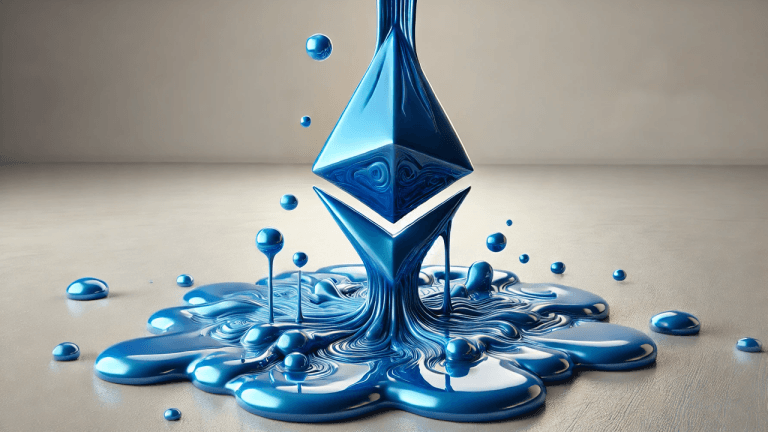
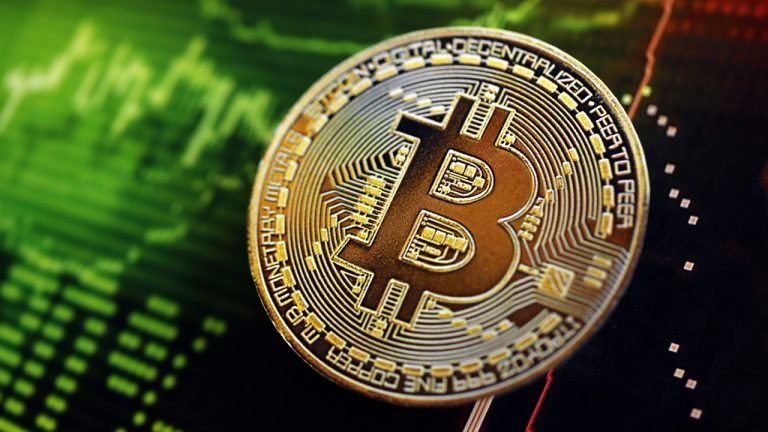


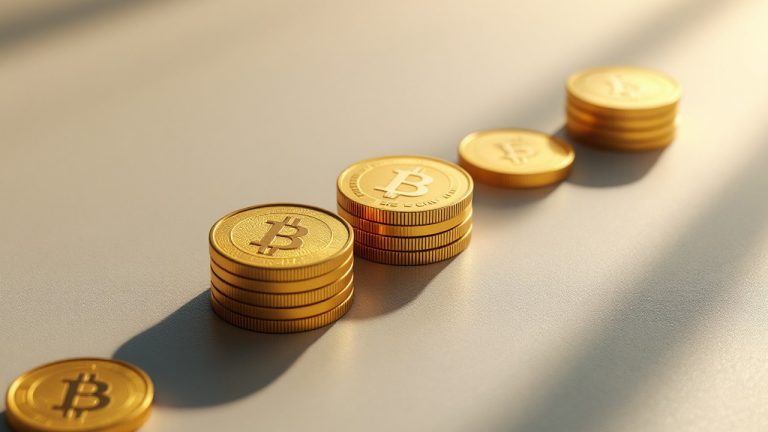

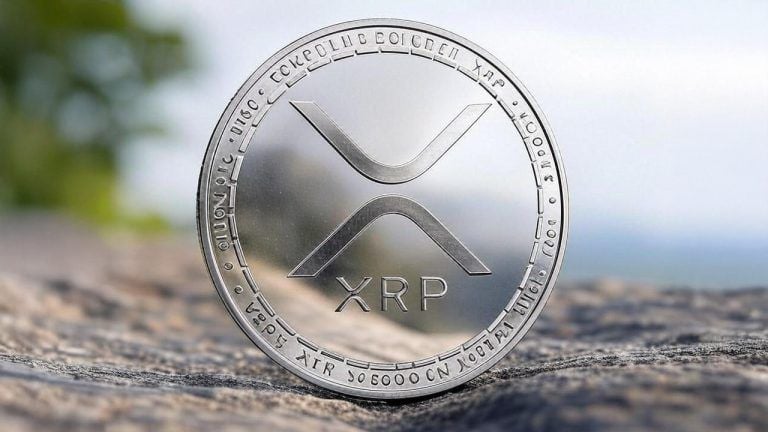
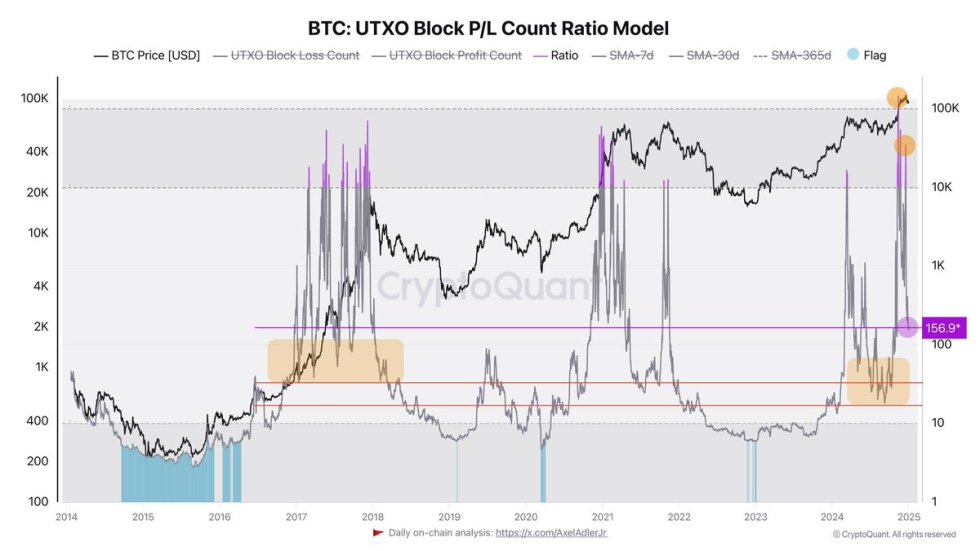
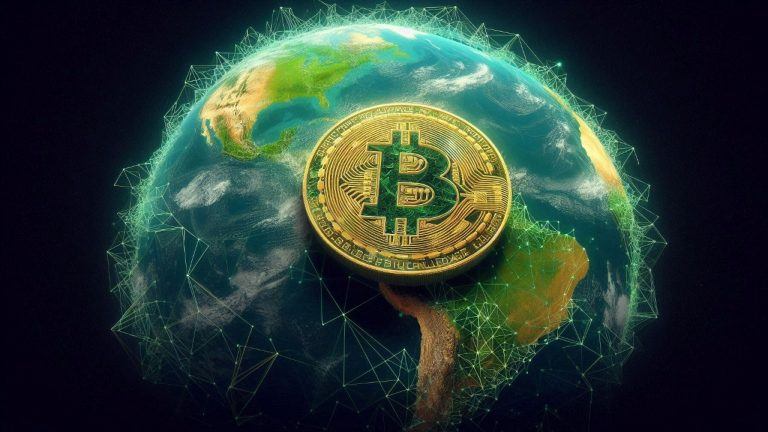


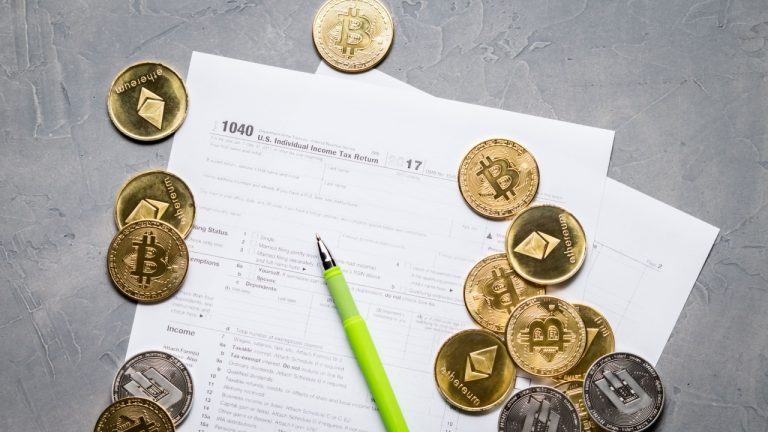

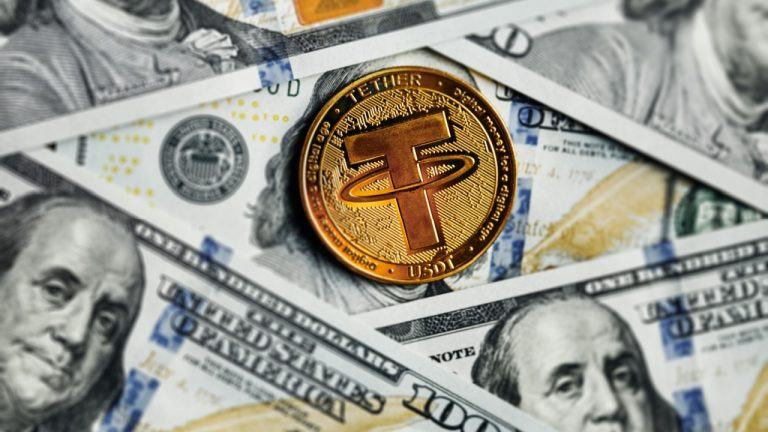



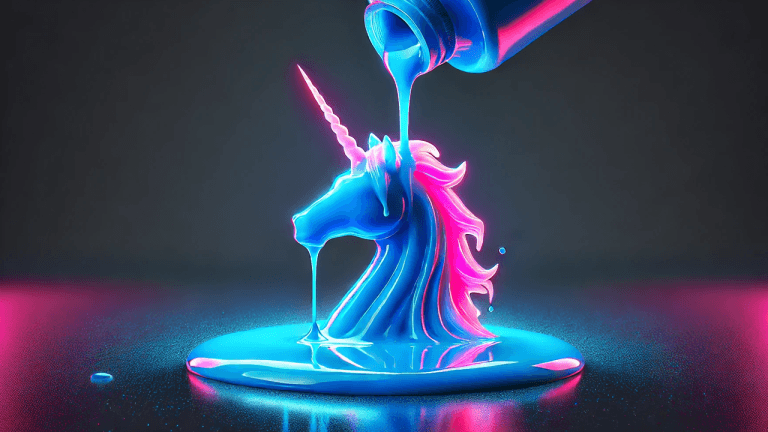

Comments